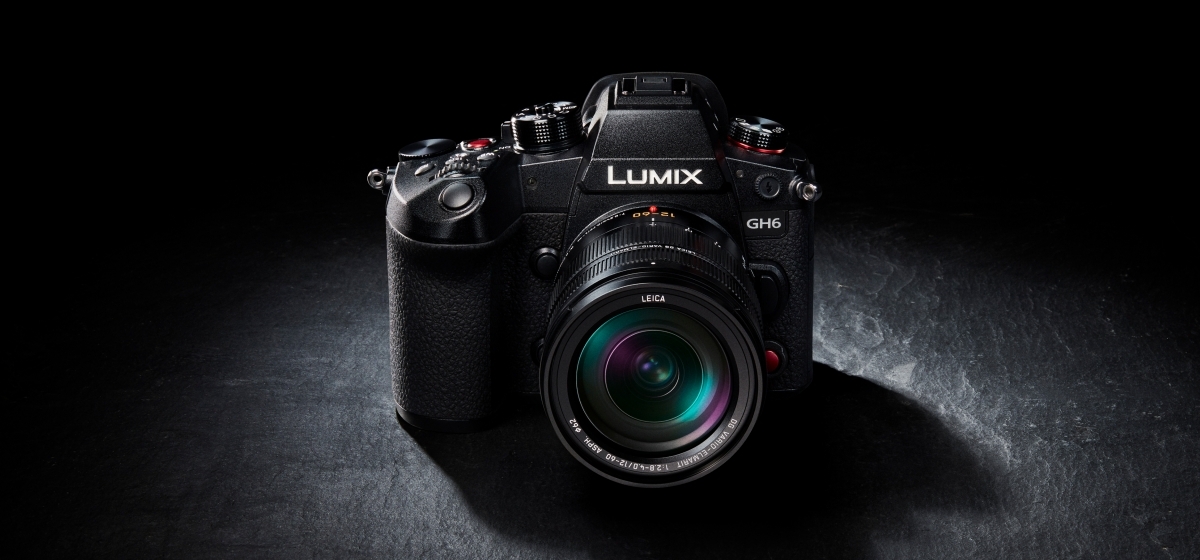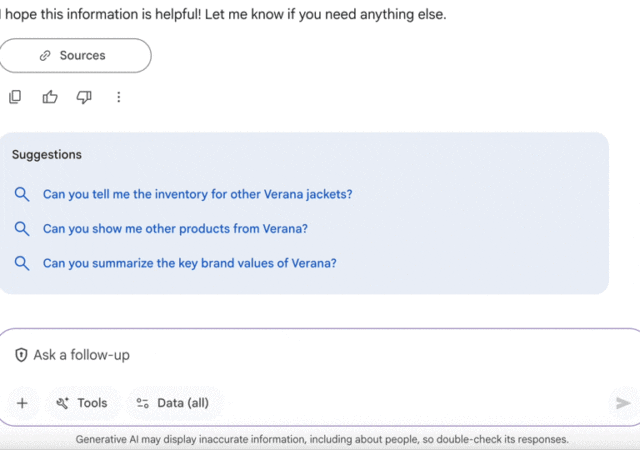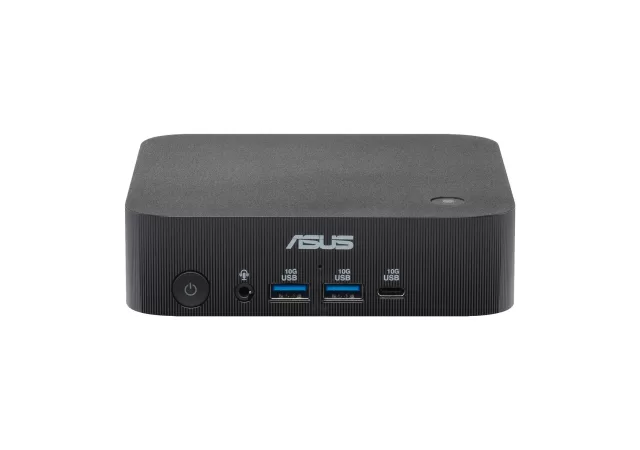While the Panasonic Lumix line-up cameras may not be a popular choice for photographers, it is a well-known name in the content creation industry still. That was all thanks to the Panasonic GH4, their first micro four thirds camera with 4K resolution video recording. It was so popular even larger scale production would use the GH4 as a B Camera or stick it in places where space is a premium. We know that BBC were using the GH4 to get certain footages in one of their most popular motoring show, Top Gear.
The compact, high-resolution video capable camera was then replaced with the Panasonic Lumix GH5 which also proved popular among content creators. It packed more resolution than before at 20.3-Megapixel versus the original 16. It still shot at 4K resolution, but now it shoots at 4:2:2 10-bit colours internally, a feature most professional videographers would appreciate. It packs some new features like a speedier auto focus mechanism to make it a better all-around camera than before.
Today, there is a follow up to the GH5. Meet the Panasonic Lumix GH6, the new standard in compact DSLRs.
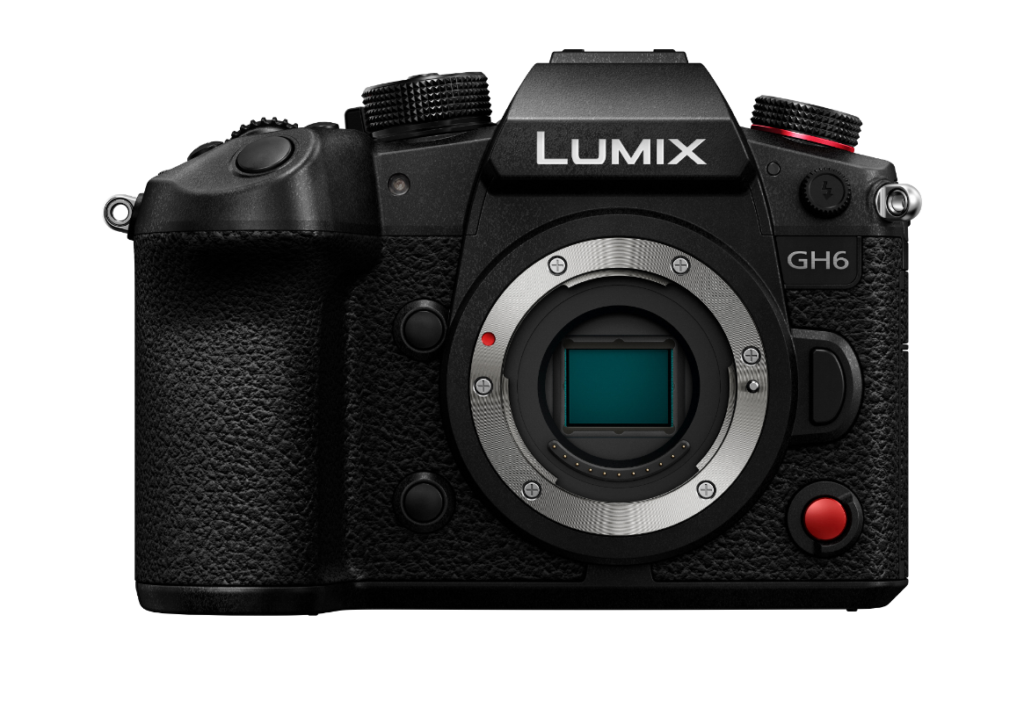
Like its predecessors, the Panasonic Lumix GH6 packs a micro four thirds sensor. If you have not known yet, micro four thirds sensor are smaller than APS-C sensors developed by Olympus. But it also packs more resolution than before at 25.2-Megapixel over the older 20. Like before as well, it is a mirrorless camera. There are a few new things on this new camera that might you consider swapping your GH5 for one of these too.
Aside from the higher Megapixel count, the video recording capabilities also got a massive upgrade. The sensor now can shoot videos at a maximum resolution of 5.7K at up to 60p. It still shoots at 4K if you want it to, but now at up to 120p for those satisfying slow-motion videos. Of course, you can record your videos if you want with unlimited video recording on the GH6, like its predecessors. You also get 4:2:2 10-bit colours like before, which is always a big welcome when colour contrast is important. You can even record at Apple ProRes HQ codec, important for the professional workflow these days.
Shooting videos without a gimbal or some form of stabiliser is usually frowned upon, even with the stellar video stabilisation mechanism built into cameras these days. That may not be a problem with the GH6 since it features 7.5-stops in their lens correction and stabilisation mechanism. With enough practice, you might just be okay leaving the gimbal behind.
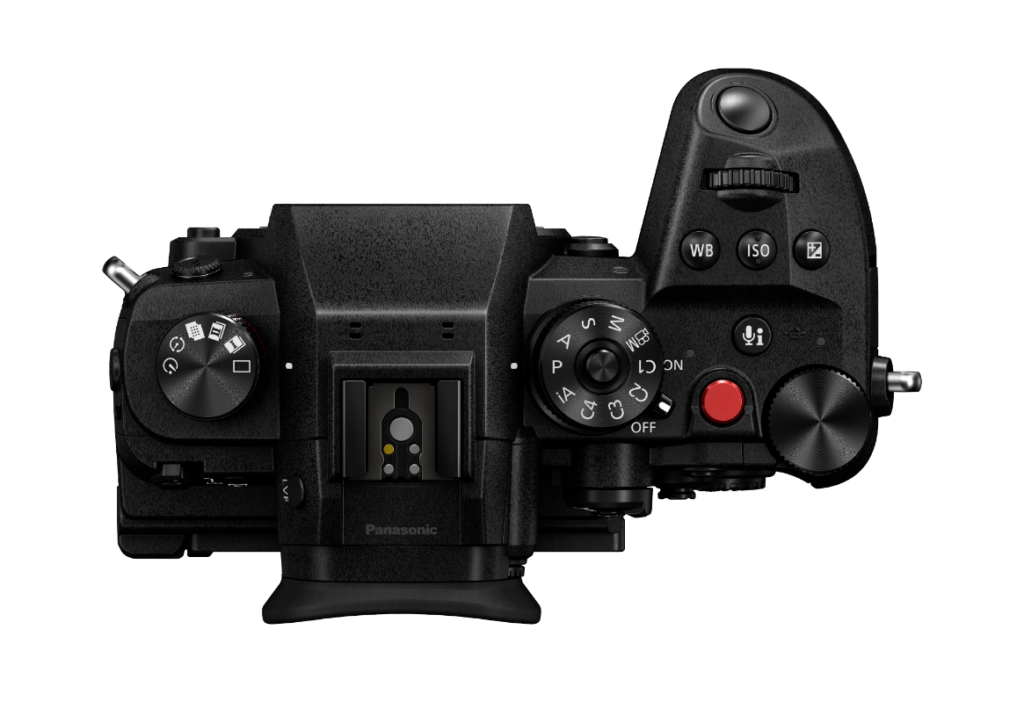
You might be thinking of packing even lighter without your external monitor too since the rotating monitor now features tilt function to make it even more versatile. This allows your monitor to swing around freely even if an HDMI or USB cable is attached to the side of the camera. On that subject, this takes on a full HDMI TypeA cable and a USB Type-C cable for external recording or monitors.
A powerful video camera needs to record on a speedy medium. For that, the Panasonic GH6 can take on a CFExpress Type B memory card and a regular SD card. You can program the videos to shoot on the faster medium while photos can be stored in the regular SD card for example. If photos are not your thing, your SD card can work as a redundancy for your videos too. It is always good to have backups.
All of these will not work though if you do not have a powerful enough processor. For that, Panasonic introduced the Venus engine. Because this is a video first camera, the Venus is made with improved video capabilities like Intelligent Detail Processing and 3D Noise Reduction. It also offers better video output, hence the 5.7K capability.










The Panasonic Lumix GH6 is now available in select regions. There are no confirmations on when the Panasonic Lumix GH6 will come to Malaysia just yet. Currently, the Panasonic Lumix GH6 body retails for AU$ 3,699 (MYR 11,127*), more than some of the full-frame cameras you can get your hands on today. It is a piece of kit that even professionals stand by though. more information on the Panasonic Lumix GH6 can be found on their website.
*Approximately based on the conversion rate of AU$ 1 = MYR 3.01 as of 22/02/2022 on xe.com



